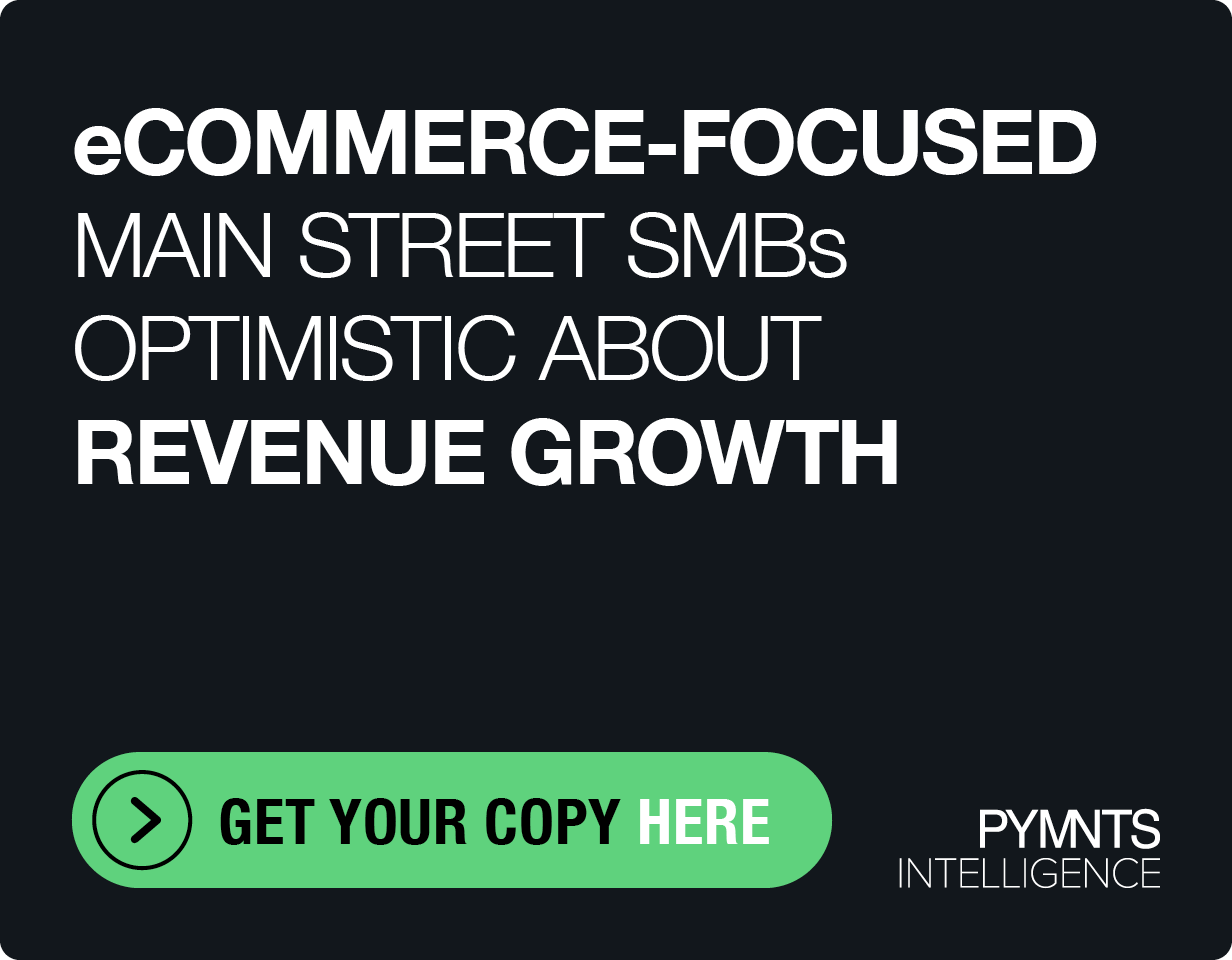2023 Outlook: The Year of Real-Time Data-Driven Treasury

As treasury departments around the world look ahead to 2023, the words on most lips are “real time.”
On the one hand, new rails that enable real-time payments, from payroll to business-to-business (B2B) transactions, are already having a transformative effect on businesses and are expected to continue to do so.
On the other hand, treasury functions that aren’t directly related to financial transactions such as risk management, reporting and forecasting are also increasingly being automated, with a growing expectation that CFOs can have richer, more up-to-date data at their fingertips thanks to real-time processes.
“The treasury function has definitely increased in importance, and has definitely been enhanced in terms of the versatility that needs to be looked into,” Ole Matthiessen, global head of cash management at Germany’s Deutsche Bank, told PYMNTS in an interview.
Matt Marcus, co-founder and chief product officer of Modern Treasury, echoed similar sentiments, telling PYMNTS in an interview that the advent of real-time payments “will fundamentally change the nature of the way that people think about [treasury].”
Marcus added that businesses’ built-in assumptions about float and the time lag between when they need to collect funds versus when they need to disperse funds will need to be adjusted to factor in the growing normalization of real-time payments.
“People are trying to be more sophisticated about understanding where their money is sitting and understanding the timing of when money comes into different banks in different regions,” he noted.
See more: Treasurers Will Have ‘Cloud Moment’ as Real-Time Payments Gain Traction
Matthiessen, on the other hand, highlighted how the advances made so far have not been distributed evenly across different industries. “When we talk about real-time treasury, 24/7 models, it’s clear that at the moment, some industries, specifically the B2C industries, are much more advanced,” he noted, adding that many of the corporate clients he works with still rely on batch-driven treasury processes despite the fact that real-time solutions exist.
The Rise of Data-Driven Treasury Processes
While in theory, real-time B2B payments have been possible for years, heading into 2023 regulators are putting wind in the sails of instant payments and further encouraging their widespread adoption.
For example, the European Commission recently announced plans to mandate all EU banks to offer instant SEPA debit transactions at the same cost as regular SEPA payments.
And as Matthiessen observed, the implementation of new standards is a counterpart to growing regulatory momentum affecting the work of treasurers. For example, he pointed to the richer transaction data made possible by ISO 20022 as one particular standard that is changing the nature of the role by contributing to better account validation and fraud detection.
His observation that “data plays an incredibly important role” and has enriched the capacity of treasury departments to optimize their businesses echoes similar comments made by Raj Seshadri, president of data and services at Mastercard to PYMNTS’ Karen Webster.
Read on: Data-Driven Treasury Intelligence Eliminates ‘Spreadsheet Pandemonium’
With the right data set up, “you can get to efficiencies and effectiveness that can enable organizations to take actions in ways they couldn’t before — and reduce [operational] loss and leakage,” Seshadri said while discussing Mastercard’s cloud-based treasury intelligence platform.
For all PYMNTS EMEA coverage, subscribe to the daily EMEA Newsletter
